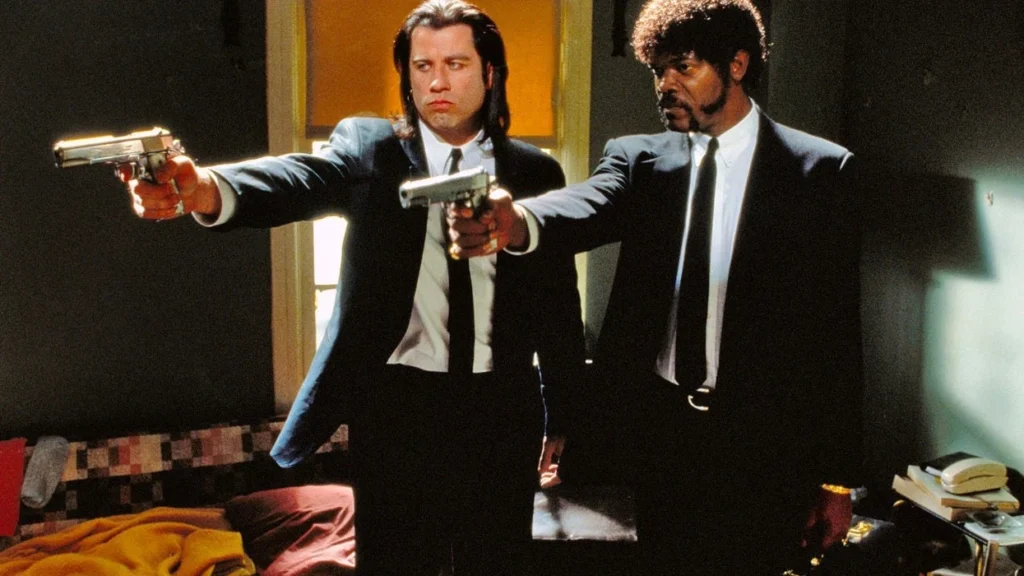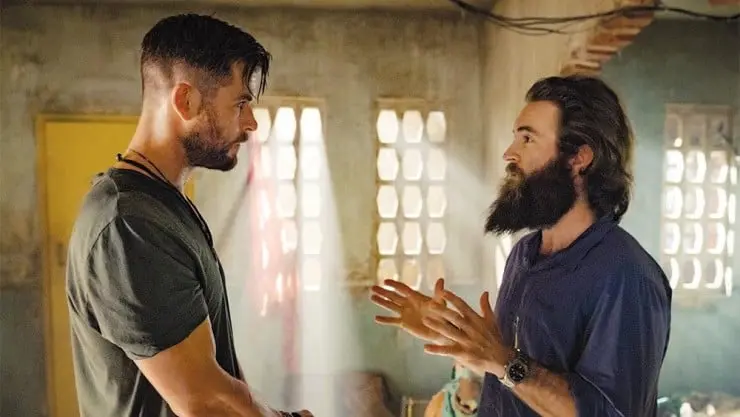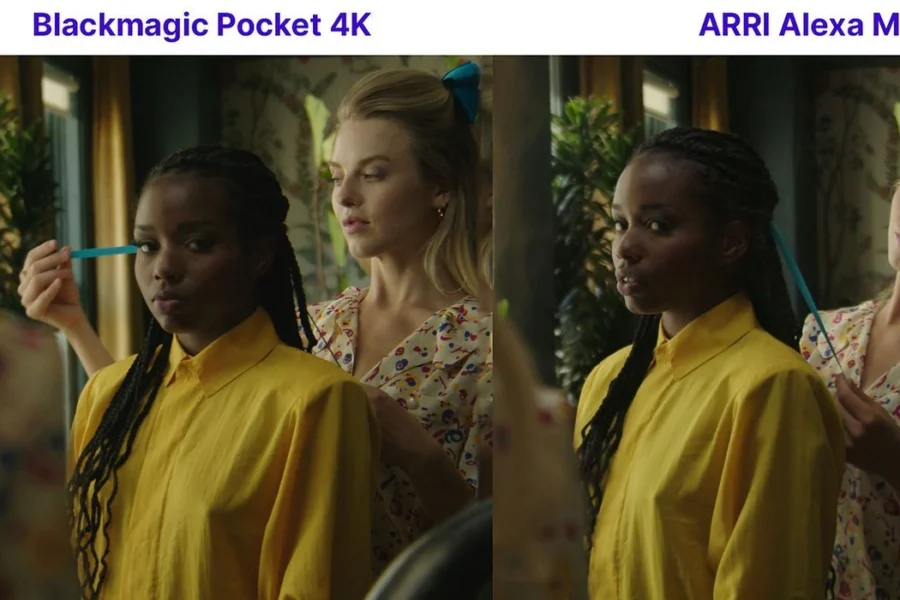In the realm of filmmaking, the incorporation of literary devices has evolved into an essential component of a filmmaker’s toolkit. These techniques each serve distinct purposes, and a comprehensive grasp of them can significantly elevate a filmmaker’s capacity to effectively communicate their intended message.

What Is Polysyndeton? (Definition and Examples)

In the realm of filmmaking, the incorporation of literary devices has evolved into an essential component of a filmmaker’s toolkit. These techniques each serve distinct purposes, and a comprehensive grasp of them can significantly elevate a filmmaker’s capacity to effectively communicate their intended message.
In this discussion, our primary focus is on polysyndeton.
So, what exactly is polysyndeton, and how can it be employed?
Within this article, we will delve into the concept of polysyndeton, present illustrative instances, and deliberate on how filmmakers can harness its potential to their advantage.
Let’s commence our exploration.
Polysyndeton Definition
Polysyndeton, as a rhetorical device, entails the frequent repetition of conjunctions (like “and,” “or,” “but”) in immediate succession within a sentence, clause, or phrase.
In contrast to its counterpart, asyndeton, which omits conjunctions for brevity, polysyndeton intentionally employs these connectors to produce a forceful and repetitive impact.
For filmmakers and screenwriters, this method can be a potent instrument with versatile applications in the realm of storytelling.
How Filmmakers Use Polysyndeton

So, how do filmmakers put this technique into practice? Well, it’s primarily employed in dialogue, and occasionally in the descriptive elements of a screenplay. However, there are numerous compelling reasons to utilize it:
- Amplifying Emotion: Filmmakers harness polysyndeton to intensify the emotional impact of a scene. When characters express their sentiments through a series of conjunctions, it can heighten the sense of urgency, passion, or desperation, enabling the audience to connect more profoundly with their feelings.
- Establishing Rhythm: Polysyndeton serves as a tool for filmmakers to craft a distinct rhythm within their dialogue or narration. This rhythmic quality can render the dialogue more engaging and memorable.
- Spotlighting Repetition: An effective way to underscore recurring themes or ideas in a film is through the use of polysyndeton. By repeating conjunctions, filmmakers can underscore the significance of specific concepts or motifs.
- Creating Tension: The repetitive employment of conjunctions can build tension and suspense within a scene. It can foster a sense of anticipation as characters grapple with conflicting emotions or decisions.
Polysyndeton Examples

There are plenty of subtle instances in both film and TV, and it’s one of those things that become more apparent once you’re attuned to it. Let’s examine some examples to shed light on this technique:
- Pulp Fiction (1994): Quentin Tarantino, known for his distinctive storytelling style, employs polysyndeton in this film. Characters engage in extensive, seemingly endless conversations, frequently punctuated by repeated conjunctions. For instance, Jules Winnfield (Samuel L. Jackson) says, “I’m tryin’ Ringo. I’m tryin’ real hard to be the shepherd.” The repetition of “I’m tryin'” emphasizes his moral struggle.
- The Great Gatsby (2013): In Baz Luhrmann’s adaptation of F. Scott Fitzgerald’s classic novel, the character Jay Gatsby (Leonardo DiCaprio) often utilizes polysyndeton to express his fervent longing for Daisy Buchanan. For example, he exclaims, “I want to see her. I want to see her.” The repetition of “I want to” underscores Gatsby’s intense desire to reunite with his lost love.
- Glengarry Glen Ross (1992): In this film based on David Mamet’s play, characters engage in rapid, heated dialogues filled with polysyndeton. The real estate salesman Blake (Alec Baldwin) delivers a memorable speech where he repeatedly deploys conjunctions to berate and motivate his colleagues. The relentless use of “and” and “but” in his speech creates a sense of urgency and pressure, with the phrase “Always be closing” repeated persistently.
Aspiring filmmakers and screenwriters would be wise to consider incorporating this potent tool into their storytelling toolkit, as it can effectively convey their narrative and characters’ emotions on the big screen.
So, the next time you watch a film, listen attentively for polysyndeton, as it might unveil a fresh layer of storytelling brilliance.












